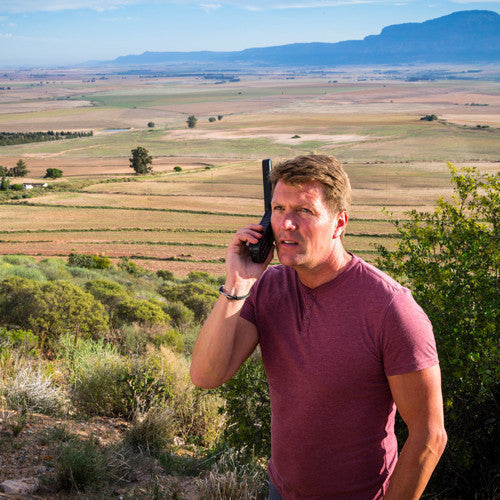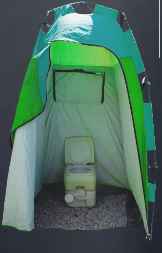1. How Long is the Ausangate Trek?
Our Ausangate Trek includes 30 km of walking over three days.
2. How Challenging is The Ausangate Trek?
The Ausangate Trek is considered a challenging trek, thanks to the high altitudes and steep climbs that hikers will experience.
3. Ausangate Trek Vs. Inca Trail Trek?
The Inca Trail places a large focus on historical ruins and archeological sites. The draw of the Ausangate Trek is purely natural scenery – witness snow-covered peaks, glaciers, vivid mountain lakes, and, of course, Rainbow Mountain. Ausangate also tends to be less crowded than the ever-popular Inca Trail. Want to trek Ausangate without missing out on Machu Picchu? We do offer an option to include Machu Picchu at the end of your Ausangate Trek so you can have the best of both worlds!
4. Ausangate Trek Vs. Salkantay Trail Trek?
Where the Salkantay Trek covers beautiful scenery and archeological sites, the draw of the Ausangate Trek is purely natural scenery—witness snow-covered peaks, glaciers, vivid mountain lakes, and, of course, Rainbow Mountain. The Salkantay Trek can also be extended to seven days of trekking, whereas the Ausangate is three days.
5. What is the Spiritual Meaning of Ausangate?
Locals know Ausangate as “the father of all mountains.”
6. What is the Elevation of the Ausangate Trek?
Day One Trailhead Elevation: 4200m
Day Two Trailhead Elevation: 4700m
Day Three Trailhead Elevation: 5030m
7. How Cold is the Ausangate Trek?
The Ausangate Trek will have cold mornings and cold evenings, with the potential for warmer days thanks to direct sun exposure. Therefore, many layers and gloves, scarves, and beanies are highly recommended during colder parts of the day.

































 Porters will carry up to 7 kg of your personal items, which must include your sleeping bag and air mat (if you bring or rent one). From us, these two items weigh a combined total of 3.5 kg.
Porters will carry up to 7 kg of your personal items, which must include your sleeping bag and air mat (if you bring or rent one). From us, these two items weigh a combined total of 3.5 kg.

